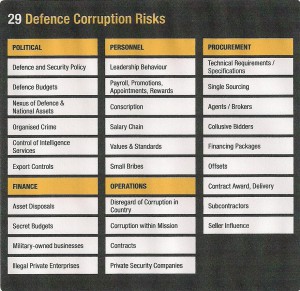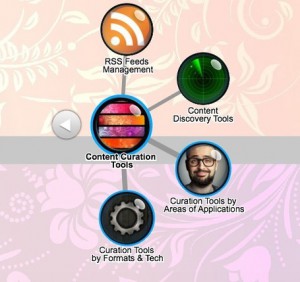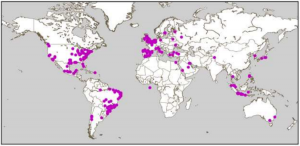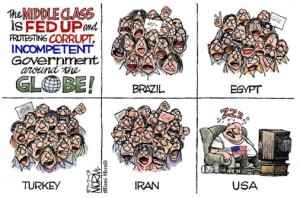
OpenCorporates, which has received an initial grant from Alfred P Sloan, one of the funders of Wikipedia, takes its business model from the open source software movement.
OpenCorporates makes company data public
Company data that shows the complex relationships between companies and their subsidiaries worldwide is being made available as part of an initiative to place more government data in the public domain.
OpenCorporates, part of the Open Data Institute established by web inventor Tim Berners-Lee, is publishing data on millions of international companies and their subsidiaries – the first time the data has been made freely available.
The move is one of the first concrete actions to follow the G8 summit, where member states signed an Open Data Charter, committing them to make data available in ways that are easily discoverable, usable or understandable by the public.
The OpenCorporates website uses sophisticated analytics technology to map the relationships between companies registered in different jurisdictions, revealing complex networks of ownership.
Continue reading “Jean Lievens: OpenCorporates Reveals Webs of Control 14 Companies Deep”







